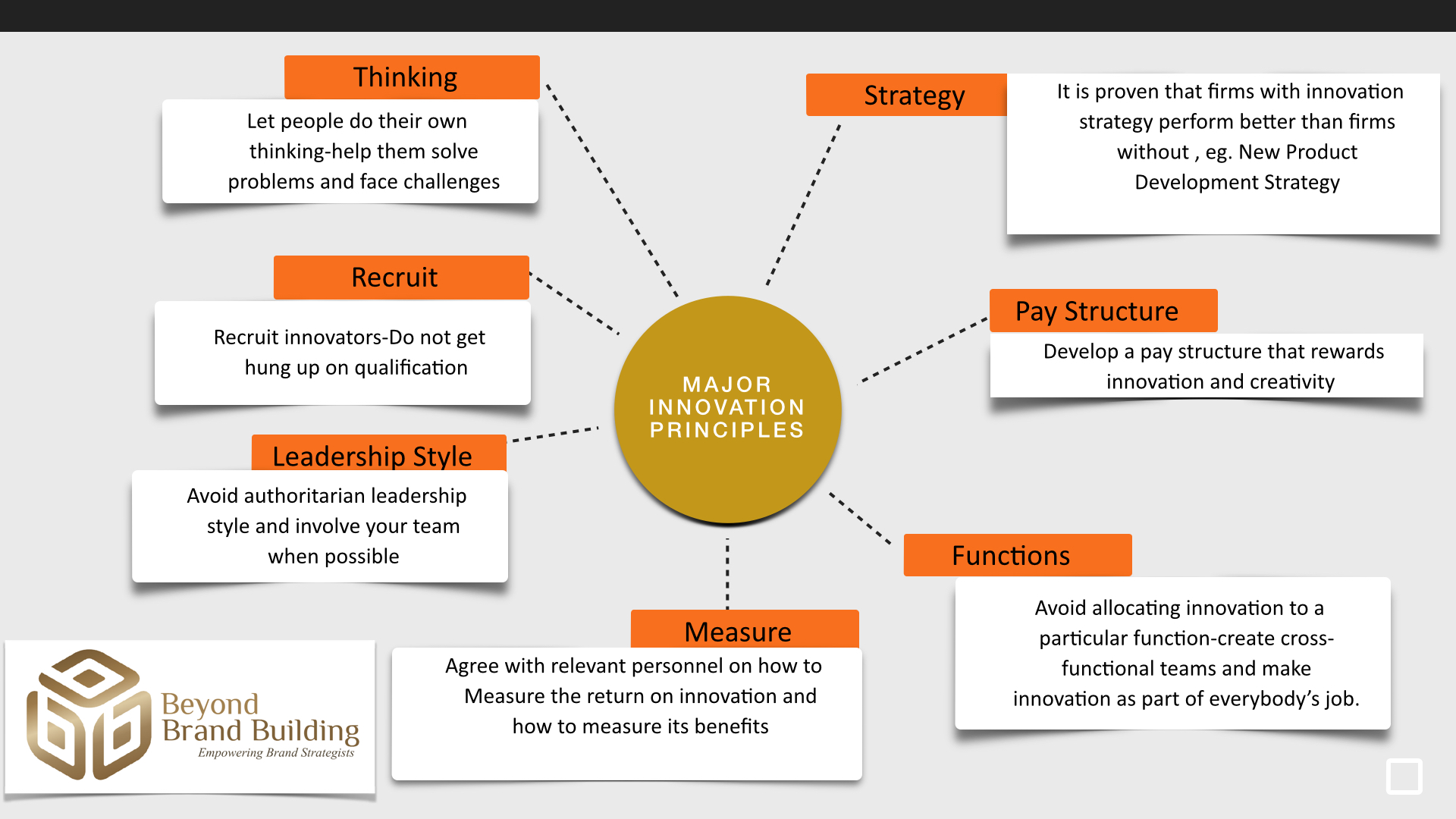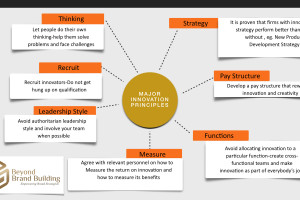The Brand Strategist (Mindset)
Innovation, Entrepreneurship and Intrapreneurship Dimensions
As brand marketers and strategists, there are different key concepts we need to nurture in our minds in order to position ourselves among the elite experts inside the segment we serve. Here, in this chapter of The Brand Strategist MindSet we are going to focus on the innovation, entrepreneurship and intrapreneurship Dimensions.
Innovation
Why has innovation become an important topic for brand marketers?
So many answers are available for that. Though, we could look at innovation from a financial perspective (for the sake of our friends in the finance department). We will notice that researchers have already found that approximately half of the profits of most big companies came from products they’ve launched in the previous 10 years based on their New Product Development (NPD) Strategy which is part of the innovation strategy.
Not to ignore that many new entrants in the market (especially SME’s) succeeded because they’ve innovated in their Product-Development-Process and sometimes they did hit the market where big corporate couldn’t.
Without any doubt, there is a crucial relationship between innovation and entrepreneurship that could add a unique set of competitive advantages. Nowadays, it’s a fact that different sources of competitive advantages are shifting away from economic drivers, such as economies of scale and large size firms towards new creative strategies and organisation designs based on creating new sources of Knowledge, Thoughts, Philosophies and Ideas.
The underlying mindset here is simply to develop new and improved products/services that could add real value to current (and potential customers), and by placing the customer in the heart of whatever a brand does.
Innovation is the previous, current and future business challenge.
Business people must shed their short-term mindsets and expand their thinking into the future.
~ Davis & Moe (1997)
As a brand marketer, you have to understand that innovation is a way of thinking, as well as working. It is a different ATTITUDE to work. For instance, in places like Silicon Valley, innovation is hugely celebrated (if you watched Silicon Valley TV show, you would know what I’m referring to here).
In reality, Silicon Valley became a destination for people with innovative mindset to go there in an ambition of leading the future of business and technology.
…come to Apple and help me to change the world.
~Jobs to John Scully
Indeed, Steve’s quote has the spirit of innovation and real entrepreneurship (regardless of what had happened between Jobs & Scully afterward).
Moreover, and in many times, inventions and discoveries are the results of creative processes that are very difficult to predict or plan.
Let’s take “Post it” or “Sticky note” story and how they’ve made their discovery as an example. You’ll be surprised that, in fact, they were trying to create a super strong adhesive that could work strongly at different levels. However, in their experiments, they developed “accidentally” a light, reusable pressure-sensitive adhesive! (which is completely the opposite)
instead of discarding their experiment, they went “Hold on a second, can this accidental discovery act as our competitive product?” The answer as you know already is “Yes.” Their creative thinking approach led them to make that as their major discovery and it was their breakthrough in the market.
So, what is the definition of innovation after all?
In my humble exploration on the topic, I realised that, in fact, a global definition of innovation does not exist. Rather, different definitions of innovation are used under different circumstances.
For example: at 1999, Porter and Stern, defined innovation from a customer perspective as
…the transformation of knowledge into new products, processes, and services – involves more than just science and technology. It involves discerning and meeting the needs of the customers.
Nevertheless, Innovation Study Commission defined innovation from an enterprise perspective as
…something that is new or improved done by an enterprise to create significantly added value directly for the enterprise and its customers.







